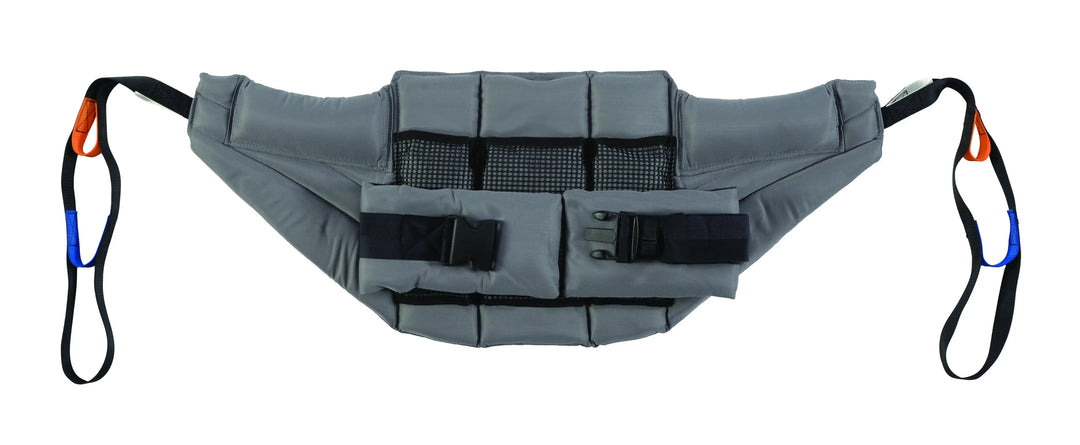Are you thinking about moving a tree yet not sure where to start? Whether for landscape improvement, building growth, or developing room for brand-new frameworks, numerous home owners face the difficulty of relocating trees. This guide covers every little thing you need to know about “tree transplanting near me,” supplying insights and functional recommendations for smooth and successful tree relocation.
Comprehending Tree Transplanting
Tree transplanting entails moving a tree from one location to one more, important for the durability of specific species. It’s used for landscape redesign, building tasks, or protecting trees. Effective transplanting needs careful planning and implementation.
Why Transplant a Tree?
Aesthetic Allure: Moving trees can enhance your landscape’s look and include value to your residential or commercial property.
Wellness of the Tree: Trees may outgrow their location or experience stress factors like inadequate dirt or inadequate light. Relocation can help them thrive.
Space Administration: As property designs transform, relocating trees can create area for new buildings or gardens.
Preservation: Moving trees assists preserve important eco-friendly possessions during residential property growth.
The Correct Time for Tree Transplanting
The most effective time to transplant trees is during the late dormant season (late fall or very early springtime). Trees are much less active during this period, making it much easier for them to adjust to brand-new places and reducing transplant stress and anxiety.
Actions to Hair Transplant a Tree
Select the Right Tree: Assess which trees to relocate based upon types, age, and wellness. Younger trees with smaller sized origin systems are typically much easier to hair transplant.
Prepare the New Website:
Location: Make sure the new site has suitable soil and sunshine for the tree varieties.
Soil Preparation: Test and modify the dirt as required to produce a encouraging atmosphere using compost and nutrients.
Collecting the Tree: Preserve as numerous roots as feasible. Dig a trench about 12 inches in diameter for each inch of trunk size using a sharp spade for tidy cuts.
Moving the Tree: Wrap the root round in cloth for protection and make use of a tarpaulin or blanket to move the tree. Larger trees could need professional aid for risk-free transport.
Growing in the New Area:
Dig a New Opening: Make it two times the width of the origin ball and the exact same deepness.
Positioning: Position the tree with the root ball crown level with the soil.
Backfill Carefully: Use excavated dirt, eliminating globs and air pockets.
Post-Transplant Care:
Watering: Keep dirt damp however not soggy in the very first weeks.
Mulching: Apply mulch to maintain dampness and subdue weeds.
Monitoring: Look for signs of anxiety like wilting leaves.
How to Locate Experts for Tree Transplanting Near You
Online Search: Usage search engines for “tree transplanting near me” to find local solutions. Internet sites like Treemover connect you with experts.
Read Reviews: Examine reviews on Google, Yelp, or Angie’s List for service high quality understandings and successful hair transplanting backgrounds.
Ask for Recommendations: Obtain suggestions from pals, family members, or neighbors who have made use of these solutions.
Consult Citizen Arborists: Expert arborists offer hair transplanting guidance and services, making sure appropriate treatment and implementation.
Get Multiple Quotes: Demand quotes from a number of companies to recognize expenses and find affordable rates.
Frequently Asked Questions About Tree Transplanting
Price: Hair transplanting costs vary by tree dimension, species, and relocate complexity, typically ranging from a few hundred to several thousand dollars.
Which Trees Can Be Transplanted? Youthful, smaller trees and certain species like willows are a lot more transplant-friendly than large, well-known ones like oaks.
Threats: While risks include shock or failure, proper handling and aftercare decrease them significantly.
Making Certain Success: Pick the right timing, adhere to proper excavating strategies, provide post-plant treatment, and take into consideration specialist aid for optimal outcomes.
Final thought
Locating tree transplanting solutions nearby doesn’t have to be intimidating. With proper understanding and preparation, you can guarantee effective tree relocation. Take time to pick the right specialists and care for your trees post-move. For additional assistance, go to Treemover and guarantee your trees prosper in their new home.
